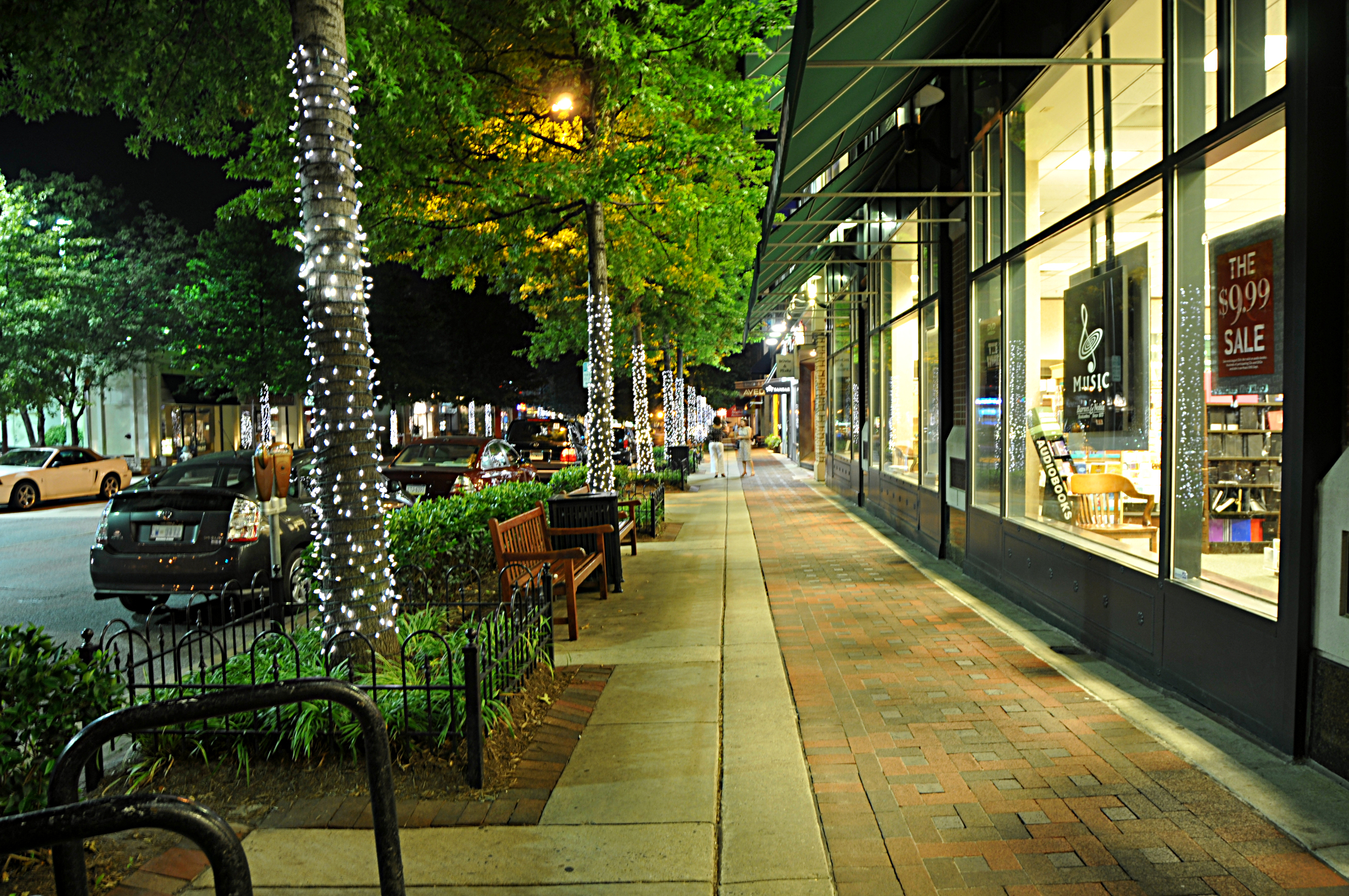Views expressed in opinion columns are the author’s own.
The Washington Post recently reported on where Americans have the shortest life expectancy and, following local readers’ requests, on life expectancy in Maryland neighborhoods. Unsurprisingly, two neighborhoods in Montgomery County, Friendship Heights Village and Cabin John (which extends through Glen Echo), are among the five areas where Americans live longer than anywhere else.
Both Cabin John and Friendship Heights are highly educated, with median household incomes well above the national average, and predominantly white populations. Meanwhile, in predominantly black, low-income neighborhoods of Washington, D.C., residents can expect to live as much as 30 years fewer than their rich, white Montgomery County counterparts.
This is not news to anyone who has seen the wealth and opportunity inequality in the DMV firsthand. What’s shocking is the blind pride of residents from areas such as Cabin John and Friendship Heights when placed atop these types of lists. They seem unaware — or willingly ignorant — of the institutional and informal privileges that have gotten them there.
There’s nothing wrong with the DMV. But celebrating excellence in rich, privileged areas just seems grossly self-indulgent. When we hear about some impressive new achievement in our state, we should take a step back and think about the factors behind it — and whether it’s something we should be proud of.
Take, for instance, the 2016 headlines announcing that if Maryland had competed as a country, it would be sixth in the gold medal rankings at the Rio Olympics. Nothing about Marylanders makes us inherently more athletic or talented. Rather, the high concentration of wealth in the DMV simply allows more people to achieve athletic excellence that could one day lead to an Olympic gold medal, while economic barriers force less privileged athletes to drop out.
Put it this way: Several of the 2016 gold medalists from Maryland went to private schools in wealthy areas of Montgomery County. Does that really testify to how great our state is? Is this really something we should gloat about?
Speaking of elite private schools in the DMV and the kind of toxic privilege they spawn, Brett Kavanaugh’s nomination would make the Supreme Court 22 percent Georgetown Prep graduates. If Christine Blasey Ford and others hadn’t come forward, and Brett Kavanaugh had sailed through the nomination as he clearly expected to, this would have undoubtedly become a talking point on Georgetown Prep campus tours. The unchecked wealth and privilege in high-income areas of the DMV now has a chance to cement itself into federal policy decisions.
There are better reasons to like the DMV — and Maryland in particular — that don’t rely on glossing over blatant wealth inequality. For example, four cities in Montgomery County are among the top 10 most diverse in the country, according to WalletHub. Maryland is also one of the most progressive states in terms of environmental policy, with a goal for 25 percent of the state’s energy to be from renewable sources by 2020.
We could be even prouder of our state without the stain of stark wealth inequality. Maryland policymakers can and should address this through the implementation of universal Pre-K, medicare for all, and robust taxing of the inheritances that keep the Georgetown Prep boys in power. Then, maybe everyone across the state could enjoy as long a life as they do.
Emily Maurer is a junior environmental policy major. She can be reached at emrosma@gmail.com.



